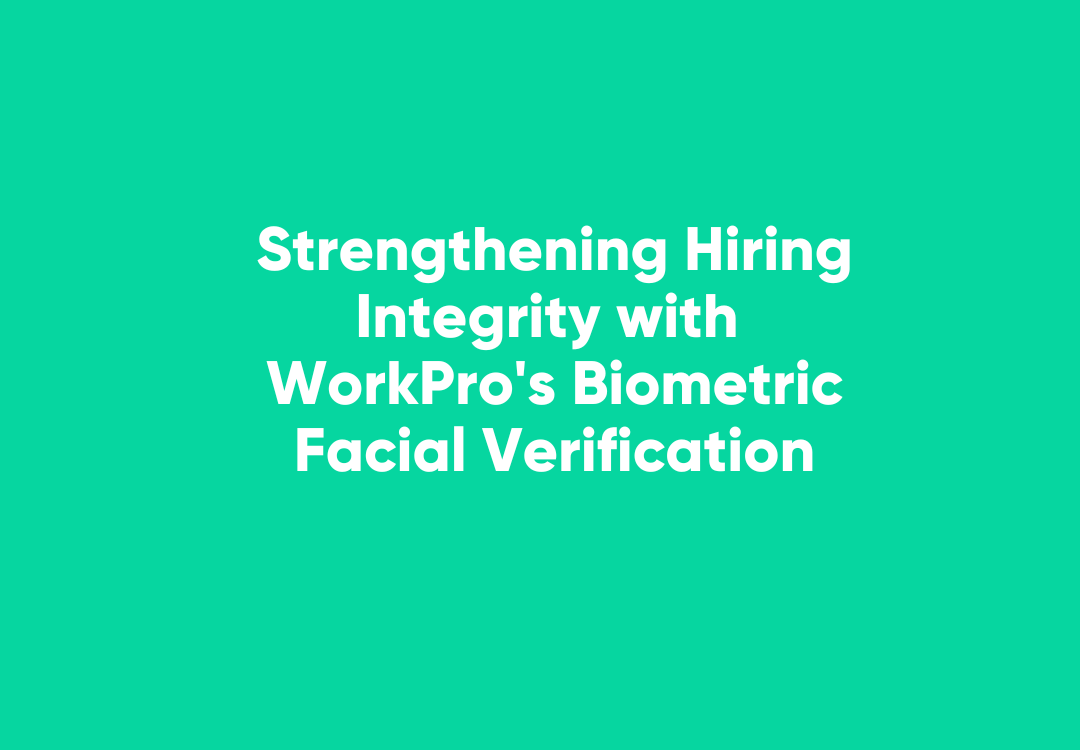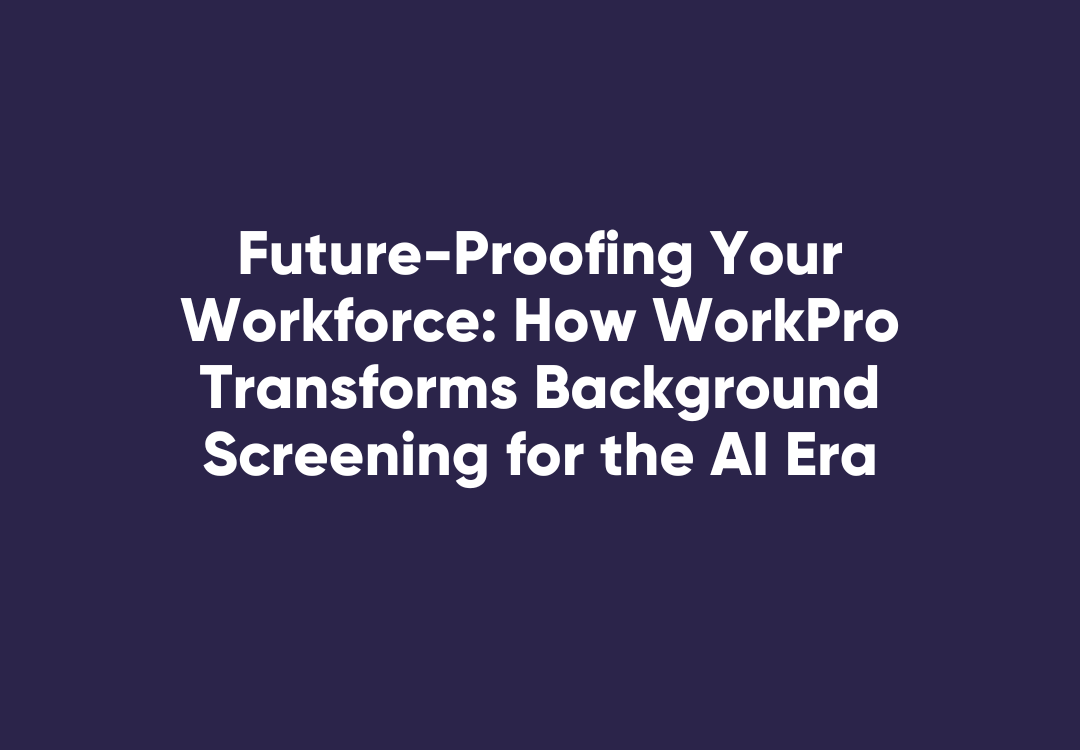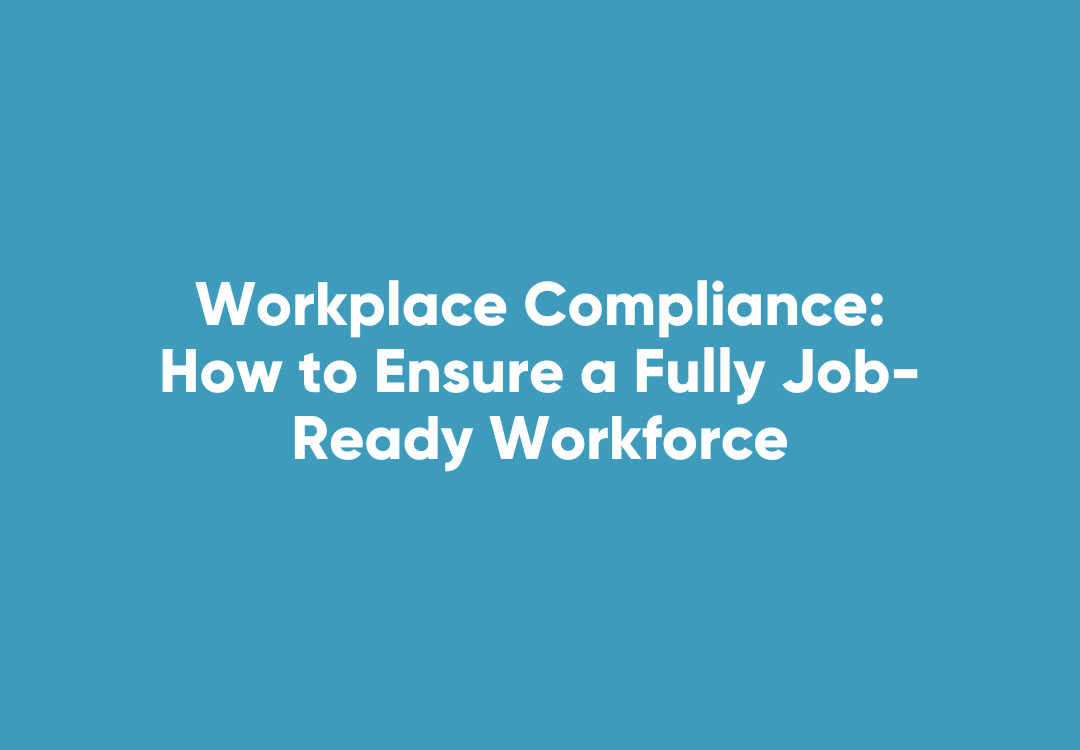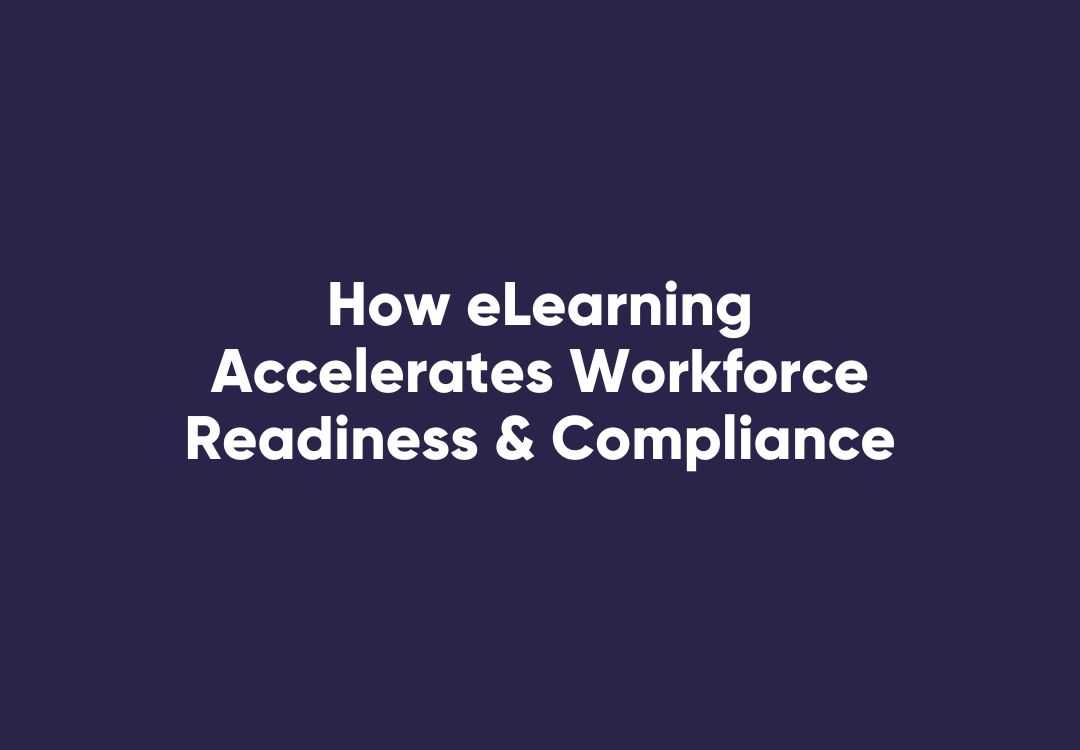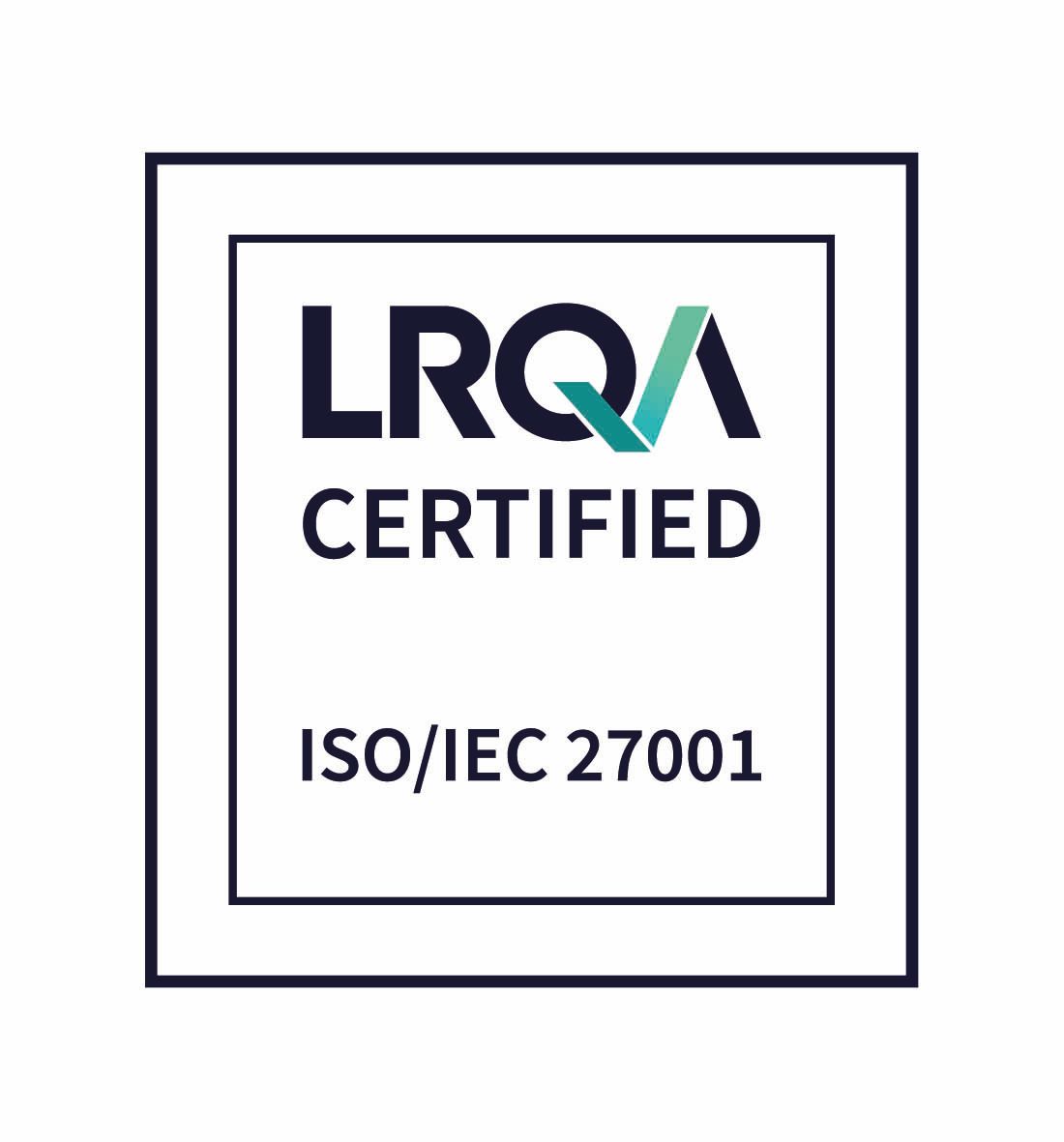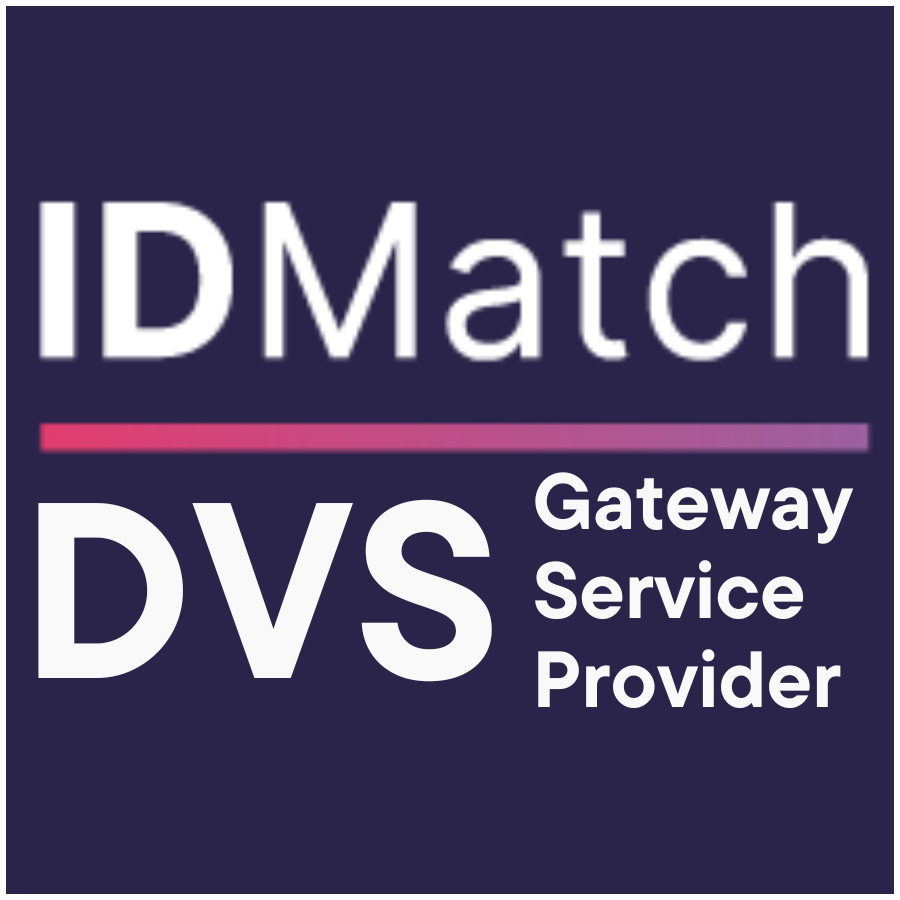Why Background Checks Are Essential for Hiring Job-Ready Employees
Hiring decisions carry risk. A candidate may look great on paper, perform well in an interview, and still not be the right fit. Without background checks, businesses risk hiring individuals who lack the proper credentials, misrepresent their experience, or fail to meet compliance requirements.
Background screening helps HR teams verify work eligibility, qualifications, and security risks before onboarding. A structured screening process prevents hiring delays, reduces risk, and ensures a compliant, job-ready workforce.
To Reduce Hiring Risks, Make Background Screening a Standard Practice
Skipping background checks can lead to compliance violations, workplace risks, and financial losses. Some of the most common consequences include:
- Legal penalties for hiring employees without proper work rights verification.
- Workplace safety concerns, particularly in high-trust industries like healthcare and finance.
- Fraudulent credentials that result in unqualified employees taking on critical roles.
- Reputational damage if an employer is found to have overlooked important background information.
A CareerBuilder report found that 58% of hiring managers have caught applicants lying on their resumes. Background screening ensures HR teams can verify credentials and avoid costly hiring mistakes.
Key Background Checks That Ensure Job-Readiness
A candidate is only job-ready when their identity, work rights, qualifications, and security background are verified. These checks confirm they meet industry and legal standards before starting work.
1. Identity & Right-to-Work Verification
Employment laws require businesses to confirm a candidate’s identity and legal work eligibility. This check ensures:
- The candidate is who they claim to be, preventing fraud.
- They hold the correct visa or citizenship status for employment.
- Compliance with national employment laws.
Failing to verify work rights can lead to fines and legal repercussions.
2. Criminal History & Security Screening
Some industries require criminal background checks to maintain workplace security and trust. Screening helps:
- Identify risks for roles involving financial transactions, healthcare, or vulnerable populations.
- Meet government and industry-specific compliance requirements.
- Protect company assets and sensitive data.
Without these checks, businesses expose themselves to liability and security threats.
3. Employment & Qualification Verification
Resume inaccuracies are common. Verifying past employment and qualifications ensures:
- Candidates have the experience they claim.
- Industry licences and certifications are valid.
- Hiring decisions are based on confirmed credentials, not assumptions.
This step prevents skills mismatches and strengthens hiring accuracy.
4. Workplace Health & Safety (WHS) Compliance Checks
Industries with safety regulations require candidates to complete workplace training before starting. Screening confirms:
- Completion of WHS training and certifications.
- Physical fitness for roles requiring manual labour.
- Compliance with safety standards.
This prevents hiring delays and ensures employees meet workplace safety requirements.
How Background Checks Support Job-Readiness
A structured background screening process helps HR teams:
✔ Speed up onboarding by verifying credentials early.
✔
Minimise compliance risks by ensuring every new hire meets legal standards.
✔
Protect workplace safety by screening for security risks.
✔
Improve hiring accuracy by confirming experience and qualifications.
Verifying a candidate’s background before onboarding prevents costly hiring mistakes and creates a stronger, more reliable workforce.
How WorkPro Simplifies Background Checks for Hiring
HR teams shouldn’t have to manually chase documents, verify credentials, or track compliance. WorkPro automates the entire background screening process, helping businesses hire job-ready employees faster and more efficiently.
WorkPro’s Background Screening Features:
✔ Identity & Work Rights Verification
- Instantly confirms a candidate’s identity and legal right to work.
- Ensures compliance with immigration and employment laws.
✔ Criminal History & Security Clearance Checks
- Customisable police checks and security screenings.
- Meets role-specific and industry compliance requirements.
✔ Employment & Qualification Verification
- Confirms work history, education, and licences.
- Prevents credential fraud and hiring mismatches.
- Verifies completion of mandatory safety training.
- Ensures all candidates meet industry safety regulations before starting.
✔ Real-Time Background Screening Dashboard
- Tracks candidate screening progress in a centralised system.
- Helps HR teams manage compliance with ease.
By using WorkPro, businesses can screen candidates in minutes instead of weeks, eliminating bottlenecks and ensuring every hire is fully vetted.
Verify Before You Hire
Hiring without verification is risky. A structured background check process ensures every new employee is legally eligible, qualified, and safe to work. It protects businesses from compliance failures, workplace risks, and hiring mistakes.
WorkPro makes it easy for HR teams to automate and streamline background checks, reducing hiring delays and ensuring every candidate is job-ready from day one.
How effective is your background screening process? Let WorkPro help you simplify, automate, and improve hiring today.
Explore WorkPro’s background screening solutions now.





